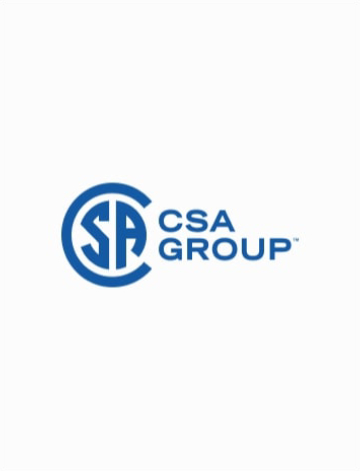Preface
This is the first edition of CSA Standard CAN3-B355, Safety Code for Elevating Devices for the Handicapped. It was developed in response to an ever increasing realization by society that public facilities should be made available to the handicapped so that they can live as independently as possible.
In an effort to encourage rehabilitation of the world's millions of handicapped persons, the United Nations proclaimed 1981 as the International Year of the Disabled Persons. Standards developing organizations had been working for several years to help the handicapped. By 1981 significant affirmative action employment policies had been implemented at the federal and provincial government levels in concert with the enactment of legislation requiring the provision of adequate facilities to make public buildings reasonably accessible to the handicapped. This movement resulted in the marketing of a variety of devices designed to lift handicapped people between different levels in buildings where the use of a regular elevator would not be practical or economically feasible. B355 is intended for use by designers, manufacturers, users and regulatory authorities to ensure that such elevating devices can be used safely.
The groundwork for the development of this Standard was laid at a meeting of interested parties in Quebec City in April 1980. The meeting resulted in the formation of a CSA Committee to prepare a Standard on Elevating Devices for the Handicapped. At that meeting, which was attended by manufacturers, users and regulatory authorities, there was considerable discussion as to whether only Type C (fully enclosed runway) platform lifts should be permitted in public buildings, or whether the Type C should not be covered so that there would be no restrictions on the application of Type D lifts (partially or non-enclosed runway). It was decided that the Standard should cover technical and safety requirements for all types of elevating devices for the handicapped which were then on the market. Restrictions with regard to location, access and usage should remain the prerogative of the regulatory authorities. This is reflected in Clause 1.3.
This Standard was prepared by the Technical Committee on Elevating Devices for the Handicapped under the jurisdiction of the Standards Steering Committee on Lifting, Hoisting, and Related Devices, and was formally approved by these Committees. This Standard has been approved as a National Standard by the Standards Council of Canada.
Scope
1.1
This Standard specifies' minimum safety requirements related to the design, construction, installation, operation, inspection and testing of elevating devices, which are to be specifically used by handicapped persons travelling between fixed points of a building or structure, with a view to safeguarding against risk of accidents associated with the operation of such equipment.
1.2
Elevating devices for the handicapped covered in this Standard are as follows:
(a) Vertical Platform Lifts - Type C;
(b) Vertical Platform Lifts - Type D;
(c) Stair-chair Lifts;
(d) Stair Platform Lifts - Type C; and
(d) Stair Platform Lifts - Type D.
1.3
This Standard does not apply to the location of, access to and usage of lifts for the handicapped which may be regulated by the regulatory authority, nor to elevating devices covered by CSA Standard B44, Safety Code for Elevators, Dumbwaiters, Escalators and Moving Walks.

